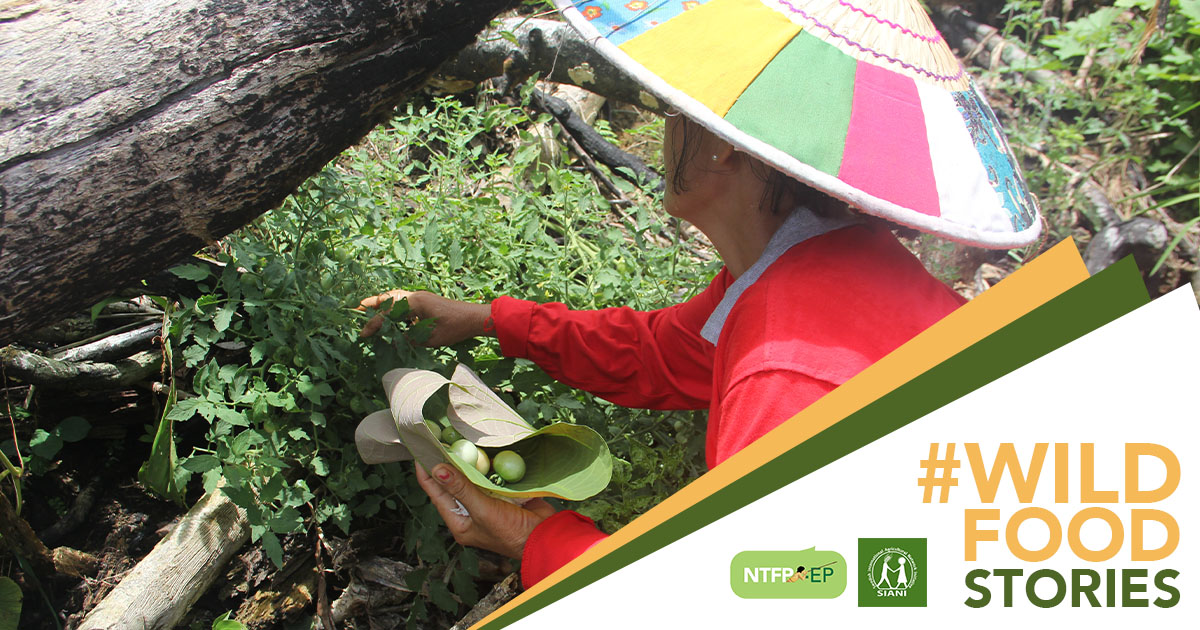
The current global and industrial food system is not only a major driver of deforestation and environmental destruction, it is also nature-poor. Nowadays, 75% of the world’s food is generated from only 12 plants and 5 animal species. The greatly reduced diversity of food crops results in the loss of resilience of agricultural ecosystems and also comes at a high cost for nutritional quality and benefits for human health. Moreover, it brings about the vanishing of local wisdom and traditional knowledge linked to agricultural and food practices.
This is in stark contrast with traditional agriculture and farming practices of local and indigenous people that exhibits high biodiversity as a salient feature. Many of the edible plants that we consume have originated from the forests and other ecosystems. They have been domesticated by the ancestors of local and indigenous farmers over time and have traveled across continents to become staple food. It was the active experiments and practices of local people that have often shaped the variety of cultivars and diversity of food plants of our planet

This agro-biodiversity is largely a product of intense agroforestry, local enrichment and experimentation by communities. It is also the result of a very different idea of food production that embraces wild foods and natural ecosystems like forest as an integral part of the agricultural system, embedded within and reinforced by the surrounding nature. In fact, these systems have overall proven resilient and sustainable, food secure and less vulnerable to climate change and other natural disasters. Very importantly, these traditional systems, contrary to the global model of food production, have been able to conserve the key pillars of agriculture like soil fertility, local seeds and cultivars, and clean water.
In this time of COVID-19, traditional practices that are based on use of wild foods and extensive knowledge of how to use and process plants and natural resources have proven more resilient. In the Krayan Highlands, North Kalimantan, Indonesia, farmers, women and men, have ensured food security for their communities in times of restrictions and lockdown by actively maintaining diversity of varieties and species in their fields. The presence of a staggering number of forest fruit varieties that grow on the forest edges is another example of traditional food production where the wild is part of the cultivated. During the COVID-19 pandemic, the farmers of the Krayan Highlands have intensified the use of wild plants, produced brown sugar locally and processed mountain salt from the many salt springs, following old traditions and techniques. The combination of a thriving traditional knowledge and access to the wild foods of healthy forest have guaranteed their food security and sovereignty in hard times.
Cristina Eghenter joined WWF Indonesia twenty years ago and has focused on strengthening and mainstreaming social equity, indigenous peoples’ rights, and sustainable development in conservation with a special focus on equitable natural resource governance and local and indigenous food systems. She is an honorary member of the ICCA Consortium and is active with the Working Group ICCAs Indonesia.
#WildFoodStories is a co-initiative of NTFP-EP Asia and the Swedish International Agriculture Network Initiative.




